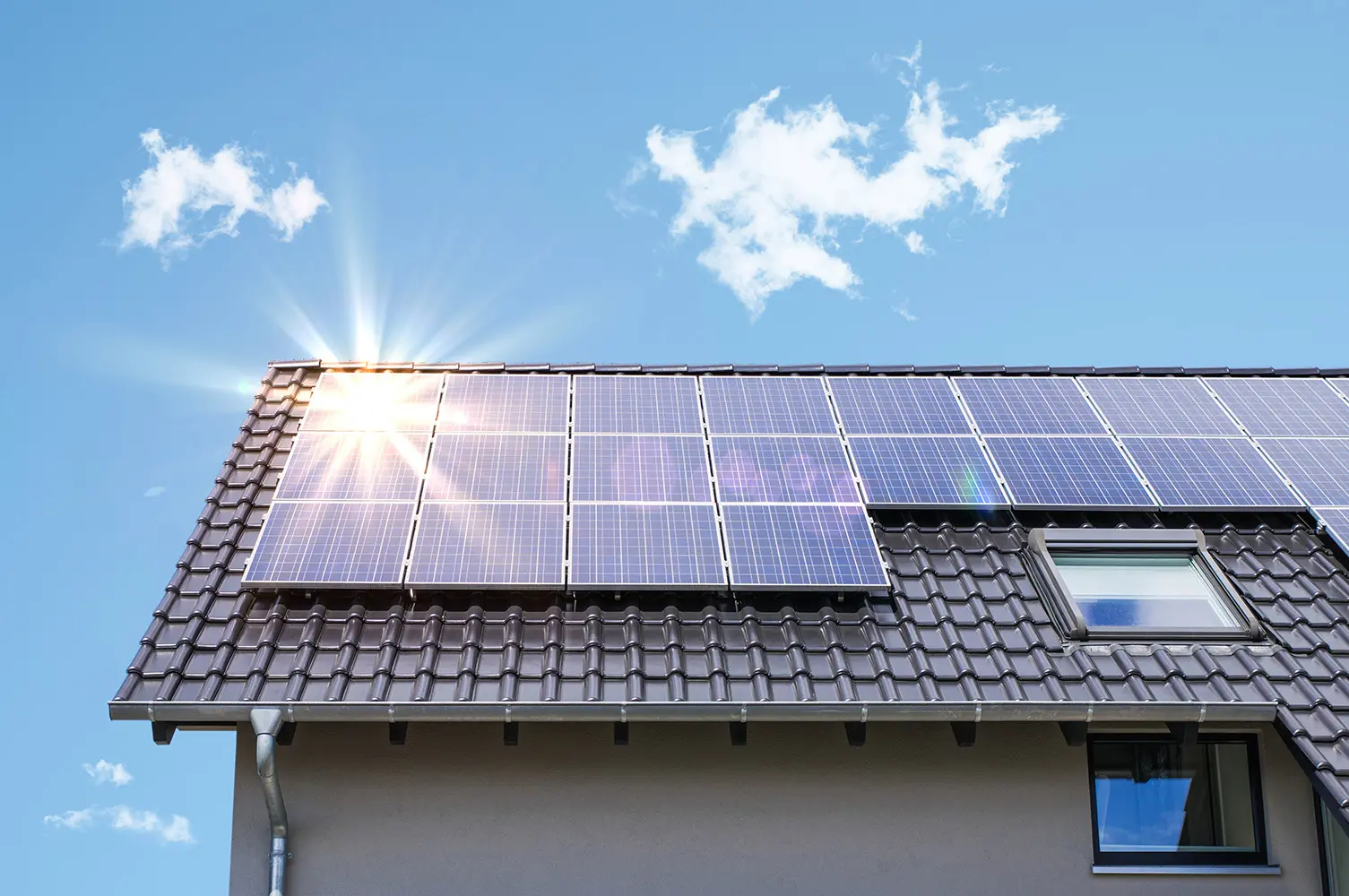Solar for New Construction vs Retrofitting Homes
Transitioning to solar energy has become one of the most impactful ways homeowners can reduce long-term energy costs and contribute to sustainability. Whether you are building a new home or considering upgrading an existing property, solar energy offers meaningful advantages. The approach, however, can vary depending on whether the system is integrated into new construction plans or added later to an existing home. We will explore how solar installation compares in these two scenarios, examining factors such as cost, design flexibility, performance, and long-term benefits. By understanding the unique aspects of each pathway, homeowners can make informed choices that align with their financial goals, property layout, and vision for sustainable living.
Comparing Solar for New Construction and Retrofitting Homes
1. Cost Considerations in New Builds versus Existing Homes
When planning solar energy during new construction, the cost structure often differs from that of retrofitting. In a new build, the homeowner can account for solar integration within the total project budget, thereby avoiding certain additional expenses associated with retrofitting. For example, wiring, roof orientation, and structural reinforcements can be designed from the start to support panels, reducing labor and material costs later. Working with providers such as North Valley Solar Power also ensures that these considerations are addressed early, helping homeowners achieve both efficiency and cost savings in the long run.
By contrast, retrofitting typically involves modifications to an existing roof, which may necessitate upgrades to electrical panels or adjustments to accommodate the weight and alignment of the panels. These additional steps can raise overall costs. However, financial incentives such as tax credits or local rebates can help offset the higher expense of retrofitting. Both approaches provide long-term energy savings, but integrating solar in a new build often minimizes upfront complications, making it a cost-effective decision for homeowners who are already investing in construction.
2. Design Flexibility and Roof Orientation
Solar power functions at its highest efficiency when panels are placed at the right angle and orientation to capture maximum sunlight. In new construction, homeowners and builders can collaborate with solar providers to design a roof that supports optimal panel placement from day one. This foresight ensures the home layout and roof pitch align perfectly with solar needs. Retrofitting, however, requires working with what already exists.
In some cases, the roof may not have the ideal slope or direction, leading to lower efficiency or the need for additional mounting structures. While this does not prevent solar from working effectively, it can limit design options and sometimes affect aesthetics. For homeowners who prioritize seamless integration, new construction allows for customized designs that make solar panels appear as natural extensions of the home’s structure, while retrofits often involve compromise and creative adjustments.
3. Efficiency and Performance Outcomes
Another key difference between solar installation in new construction and retrofitting lies in long-term performance. New builds allow the system to be seamlessly integrated into the electrical design, often reducing energy loss and improving efficiency. Builders can ensure that wiring, inverters, and battery storage are positioned for optimal performance without needing to reconfigure older systems. Retrofitting homes may involve upgrading outdated wiring or breaker panels, which can introduce inefficiencies if not handled carefully.
Additionally, older roofing materials may not provide the same stability and lifespan as new structures, which could require additional maintenance over time. That being said, retrofitted solar systems still deliver substantial energy savings, especially when combined with upgrades like new insulation or smart home energy management systems. In both cases, homeowners benefit from reduced reliance on grid electricity, but the streamlined design of new builds often gives them an efficiency edge.
4. Impact on Home Value and Market Appeal
Solar has become a desirable feature for modern homebuyers, adding both financial and environmental appeal. In new construction, homes built with solar from the start often stand out in the housing market as forward-thinking and energy-efficient properties. Buyers may be drawn to the fact that they are acquiring a home already optimized for renewable energy without needing to take on additional projects. Retrofitted homes can also see significant boosts in value, particularly when systems are newer and still under warranty.
However, market perception may differ depending on how well the panels were integrated into the property. A retrofit may appear as an add-on rather than a core feature of the home. Still, both approaches can enhance resale value, with the distinction lying in how seamlessly the solar system complements the property’s overall design and infrastructure.
5. Timing, Convenience, and Disruption
One often overlooked factor is the convenience of installation. Incorporating solar during new construction occurs while other work is already underway, minimizing disruption to daily life. Contractors can coordinate timelines so solar installation is completed alongside roofing and electrical work, ensuring the system is ready to operate as soon as the home is occupied. Retrofitting, however, involves scheduling work on a finished home, which can be disruptive to residents.
Roof modifications, electrical updates, and panel installation may require temporary inconvenience, such as power interruptions or limited roof access. While solar providers strive to minimize these challenges, the process is generally more seamless in new builds. For homeowners weighing both options, the timing of installation and willingness to handle temporary disruption can be deciding factors.
Solar energy has proven to be a practical and forward-looking investment for homeowners, whether integrated into new construction or retrofitted into an existing home. The decision ultimately depends on personal goals, financial considerations, and property circumstances, but both approaches lead to the shared benefit of cleaner energy and long-term savings. By carefully weighing these differences, homeowners can confidently move toward a sustainable future powered by solar.






